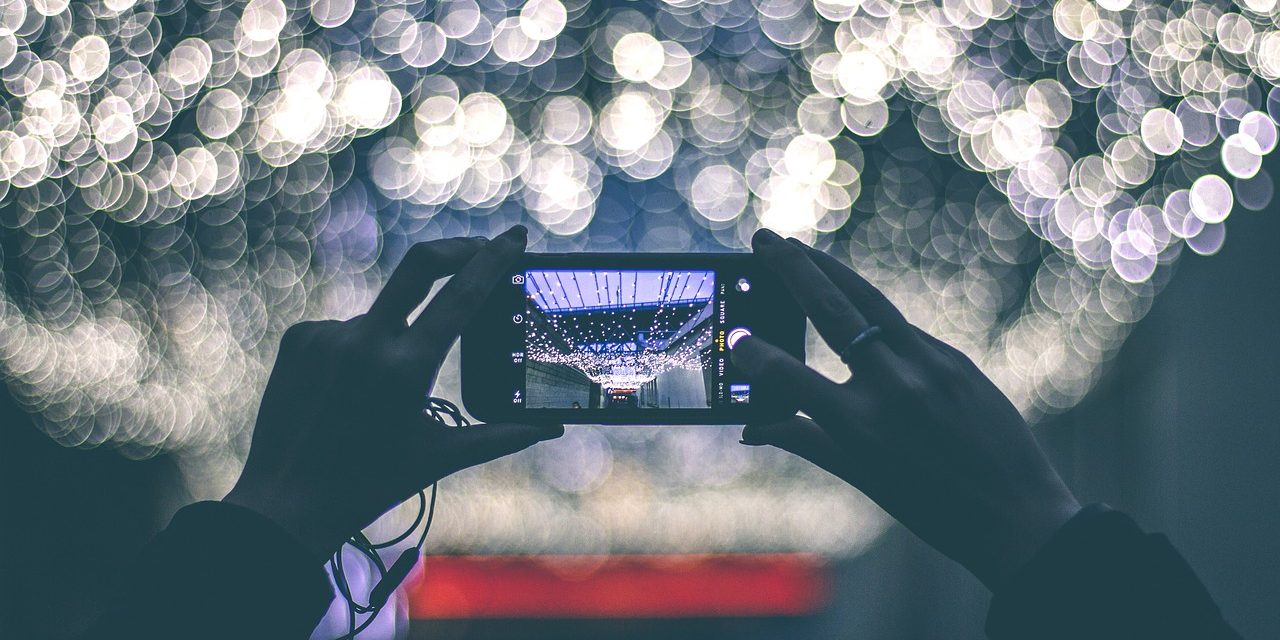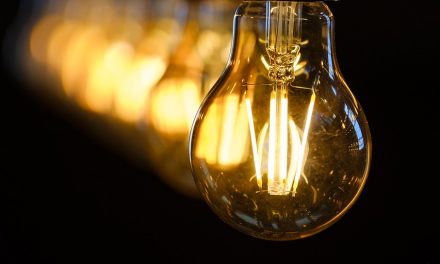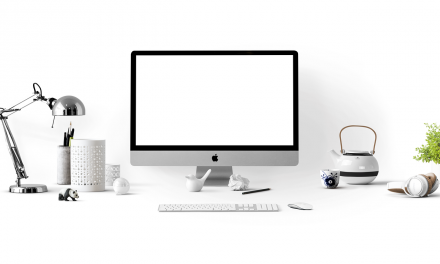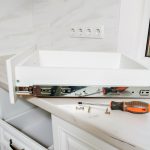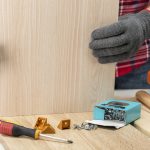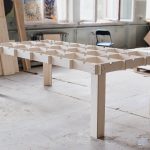Calibrating a 3D printer is the most important task before printing. An uncalibrated or poorly calibrated 3D printer will prevent any printout. We will be able to assess the effects of calibration practically right from the start of printing – the first layer may start to peel off immediately or it may not stick to the substrate at all. It is very possible that in this case the filament will stick to the head or splice “into a ball” right under the nozzle.
Calibrate your 3D printer
If you are calibrating your 3D printer the first time you assemble it, it is a good idea to start by levelling the X-axis with an extruder. To do this, measure the distance between the X-axis bracket and the Z-axis motor mount. Both X-axis brackets must be the same distance from the Z-axis motors. If the height of the brackets on either side of the printer is not the same, rotate one of the Z-axis screws to obtain the same result.
Preparation of the work table for 3D printing
To make it easier to print 3D from PLA (polylactide), some people recommend applying blue tape to the heating table. The tape is used to help the first layers of 3D printing from PLA stick to the work table. In theory, tape reduces the risk of printing damage when peeling off after the 3D printer has finished working.
It is possible that different methods of table preparation will be optimal for different PLA filaments. This includes the use of e.g. chapel tape instead of painting, printing on clean glass or the use of special pads.
Calibrate the 3D Printer Table
The purpose of the printer calibration is to set the work table so that the distance between the nozzle and the work table is the same when the extruder moves horizontally.
Calibrating a 3D printer can be done in several ways, but in this article (and video) I want to present one of the simplest methods of calibration – using a piece of paper.
This method consists in setting the head in each of the 4 corners of the table and measuring the distance between the nozzle and the heatbed surface. In this measurement, a sheet of paper is treated as a standard layer thickness (a standard sheet of paper is approximately 0.1 mm thick). If the card slides into the space under the head with a perceptible resistance, it means that the head is at the correct height. The noticeable resistance to movement of the card in the slot must be the same for the extruder placed in each corner of the heating table.
Calibration Prussia i3
In my 3D printer from Jelwek the table calibration took only 15 minutes in total. After setting up the Z-axis endstop so that the head does not hit the table while zeroing the position for the Z-axis (reaching the end of the axis), I set the position for the first corner of the table. I did this by turning the calibration nuts on the table.
Note: The endstop must be secured against displacement!
After setting the height of the corner of the table, I once again zeroed the position for the Z axis and checked whether the sheet of paper was moving with resistance in the gap formed by the nozzle and the table. I repeated the operations for each corner of the table (positioning within the table head, turning the calibration nuts and inserting the card into the space under the nozzle).
Note: For the 3d printer to calibrate successfully, the nozzle must be cleaned of filament residues!
The manufacturer provides LCD panels to his printers, which allow for autonomous operation of the printer and loading of files for printing with SD cards. An important function of these panels is the ability to control the axis motors, which definitely facilitates the calibration of the printer.
Filamentation and next steps
After the table had been calibrated, I introduced the filament into the extruder. An engine that pushes material into the head only starts when the temperature of the extruder heating block exceeds 170 degrees Celsius. It is a kind of protection against the attempt to squeeze out the material which is not semi-liquid at low temperatures (it may damage the nozzle).
The head of my Prussian i3 is designed for a 1.75 mm diameter filament. At the beginning I chose a material called PLA (polylactide) with a pleasant white color (this filament can be bought here>>).
I was the first model to choose to print something simple. Although this is nothing special, its printing will tell me what I need to do to improve my printer or what parameters I need to change. That’s why I printed a cube 20x20x20 mm 😀
Boys from Jelwek company advised me to use a sofa called Cura. This program is a so-called slicer, whose task is to “translate” 3D models saved in .STL format into a set of instructions for a 3D printer (the so-called G-code). You can save the G-code on your SD card and start printing from the 3D printer panel that supports it. 🙂
When the printhead is warmed up, 3D printing begins. !!! 😀
The printout of such a test cube is a dozen or so minutes. After all, you can peel off the model from the table, measure and test the parameters and settings of the printer until you reach the nominal dimensions of the cube.
Calibration of the 3D printer and first printout
